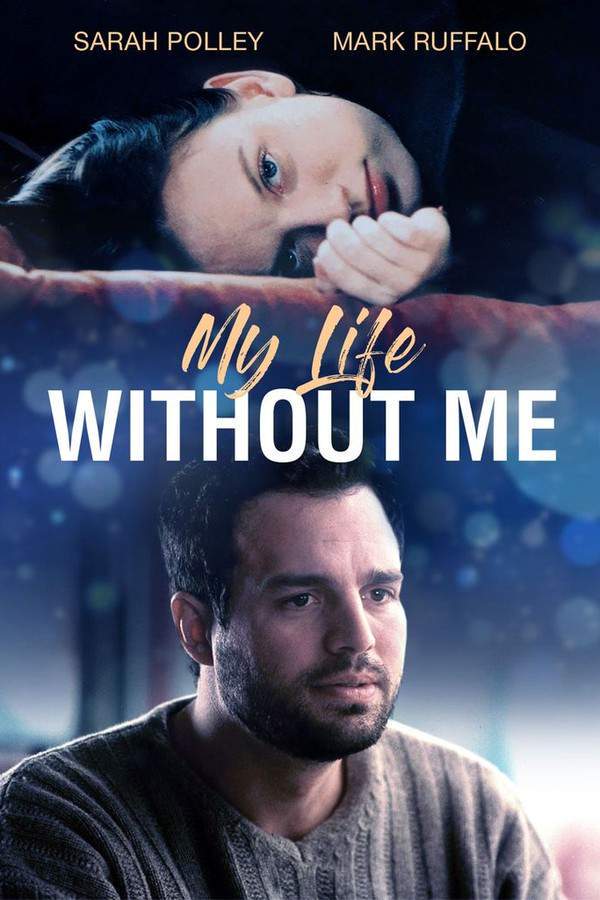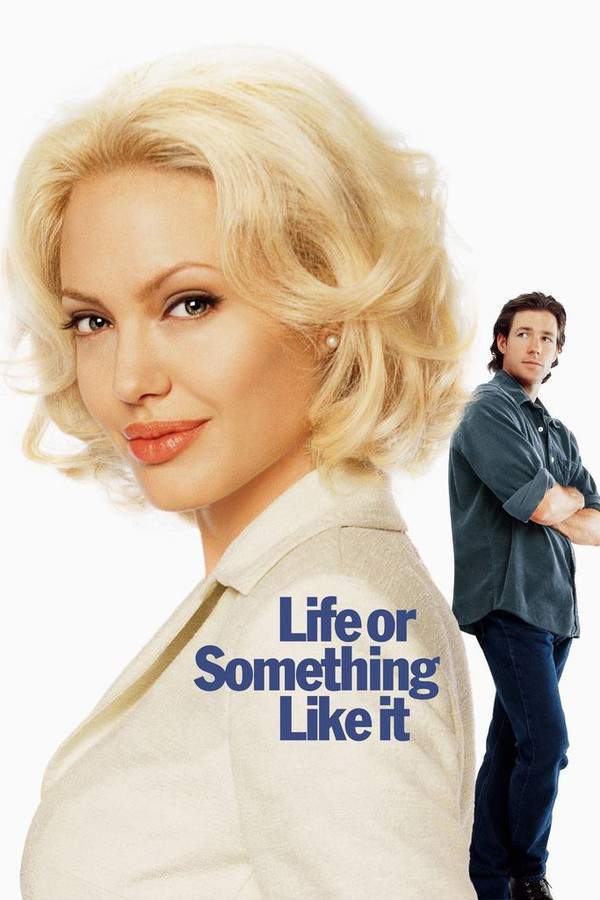
Lease of Life
Year: 1954
Runtime: 94 mins
Language: English
Director: Charles Frend
When the pastor of a tiny rural town learns he has a terminal illness, he is forced to confront the choices he has made, his relationships with the women in his life, and the legacy he wishes to leave for his congregation. As he reevaluates his faith and responsibilities, he seeks ways to still serve and inspire those who depend on him.
Warning: spoilers below!
Haven’t seen Lease of Life yet? This summary contains major spoilers. Bookmark the page, watch the movie, and come back for the full breakdown. If you're ready, scroll on and relive the story!
Lease of Life (1954) – Full Plot Summary & Ending Explained
Read the complete plot breakdown of Lease of Life (1954), including all key story events, major twists, and the ending explained in detail. Discover what really happened—and what it all means.
In a quiet English village, Rev. William Thorne, Robert Donat, tends his flock as vicar of Hinton St. John while living with his wife Vera, Kay Walsh, and their daughter Susan, Adrienne Corri, a gifted pianist whose talent promises a brighter future for the family. The Thornes lead a frugal, church-centered life, and Vera guards her daughter’s potential like a precious flame, convinced that Susan’s success could lift them all even though they can’t yet afford the London accommodations or tuition a scholarship might require.
An elderly farmer, Mr. Sproatley, asks Thorne to visit him on his sickbed and to consider what should happen to his money after death—that he wants his son to inherit. The moment seems to echo Thorne’s own concerns about wealth, duty, and what it means to guide a community. The plan falters when Mrs. Sproatley interrupts, leaving the vicar with more questions than answers.
While Thorne wrestles with faith and his looming illness—after drafting a sermon, he collapses, and the doctor tells him he has less than a year to live—he seeks solace in Gilchester Cathedral. The cathedral’s organ music lingers in his memory during a bus ride home, and the town’s gossip begins to swirl around the church’s leadership as the sexton, Spooner, is described as a drinking problem that needs addressing. Thorne’s sense of purpose shifts as he contends with these pressures with a gentleness that surprises those who expect stern discipline.
Returning to Sproatley’s case, Thorne takes a leather bag containing a will and a substantial amount of cash, but Mrs. Sproatley challenges him, testing the boundaries of trust and integrity at a moment of vulnerability. This confrontation sparks a broader transformation: Thorne resolves to live more openly and with greater tolerance for the minor indiscretions of his parishioners, while ignoring idle gossip. He comes to view religion less as rigid rule-following and more as a freedom to follow one’s conscience.
A turning point arrives when Thorne visits a boys’ school to deliver a speech. He tears up his prepared notes and delivers an improvised sermon about disobeying rules and discovering joy in life. The boys respond with enthusiasm, but the dean, the headmaster, and many parents interpret it as rebellion. A reporter—Reginald Beckwith as Foley—publishes the story, and word spreads. The congregation swells, though many newcomers are drawn by sensationalism rather than true faith.
As Thorne speaks more honestly about his beliefs, he articulates a vision of religion grounded in conscience and compassion rather than dogma. Yet the town’s anxiety about Susan’s education remains, and a twist of fate tests his resolve once more.
When Mr. Sproatley dies, Thorne discovers the bag is £100 short—the exact amount Vera had given to Susan, claiming she had sold her jewels. Vera confesses that she borrowed the money to support Susan’s future. Mrs. Sproatley confronts Thorne in the churchyard after the funeral, and he collapses again in the nave. A reporter informs Vera that the editor has agreed to pay £100 for Thorne’s articles, a revelation that threads temptation through the narrative.
Undeterred, Thorne returns to lead his evening service, carrying on a frank, compassionate dialogue about choosing to act for the living rather than the dead, and sharing a quiet moment with the gravedigger that underscores a renewed sense of purpose and the enduring power of conscience.
Last Updated: October 09, 2025 at 12:39
Unlock the Full Story of Lease of Life
Don't stop at just watching — explore Lease of Life in full detail. From the complete plot summary and scene-by-scene timeline to character breakdowns, thematic analysis, and a deep dive into the ending — every page helps you truly understand what Lease of Life is all about. Plus, discover what's next after the movie.
Lease of Life Timeline
Track the full timeline of Lease of Life with every major event arranged chronologically. Perfect for decoding non-linear storytelling, flashbacks, or parallel narratives with a clear scene-by-scene breakdown.

Similar Movies to Lease of Life
Discover movies like Lease of Life that share similar genres, themes, and storytelling elements. Whether you’re drawn to the atmosphere, character arcs, or plot structure, these curated recommendations will help you explore more films you’ll love.
Explore More About Movie Lease of Life
Lease of Life (1954) Scene-by-Scene Movie Timeline
Lease of Life (1954) Movie Characters, Themes & Settings
Lease of Life (1954) Spoiler-Free Summary & Key Flow
Movies Like Lease of Life – Similar Titles You’ll Enjoy
My Life Without Me (2003) Film Overview & Timeline
All My Life (2020) Detailed Story Recap
Life or Something Like It (2002) Story Summary & Characters
New Life (2016) Plot Summary & Ending Explained
Life as a Fatal Sexually Transmitted Disease (2000) Plot Summary & Ending Explained
Matters of Life and Death (2007) Story Summary & Characters
Whose Life Is It Anyway? (1981) Plot Summary & Ending Explained
Love Unto Death (1984) Full Movie Breakdown
The Last Leaf (1983) Plot Summary & Ending Explained
That’s Life! (1986) Ending Explained & Film Insights
Life Begins, Life Ends (2021) Detailed Story Recap
Sunday Afternoon (1966) Story Summary & Characters
Life Together (1958) Complete Plot Breakdown
My Life (1993) Ending Explained & Film Insights
Life Doesn’t Spare (1959) Spoiler-Packed Plot Recap

















